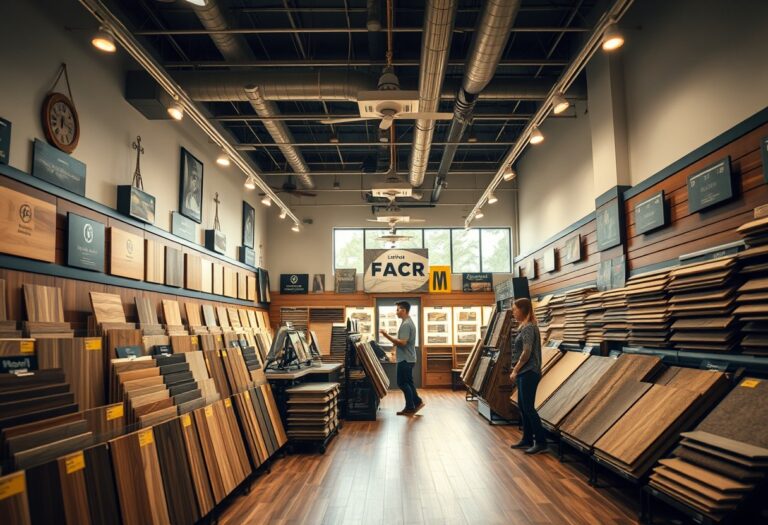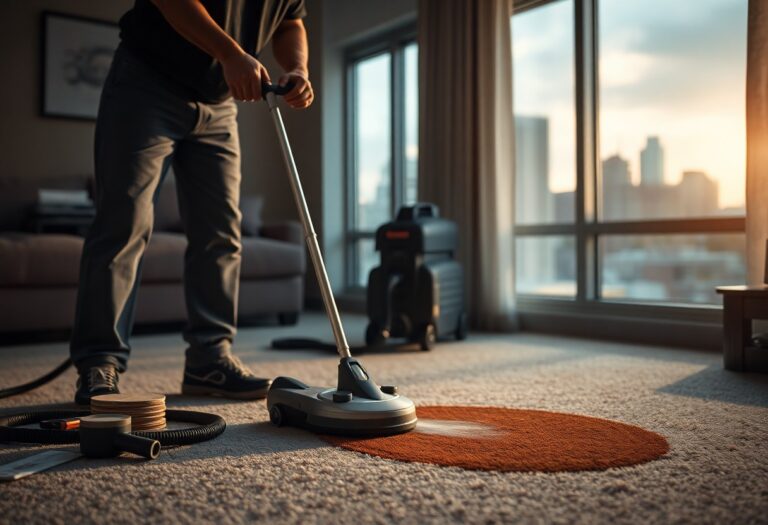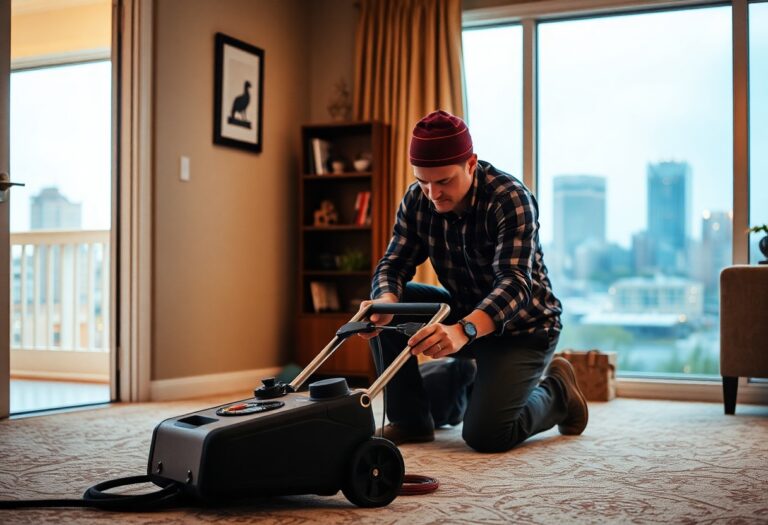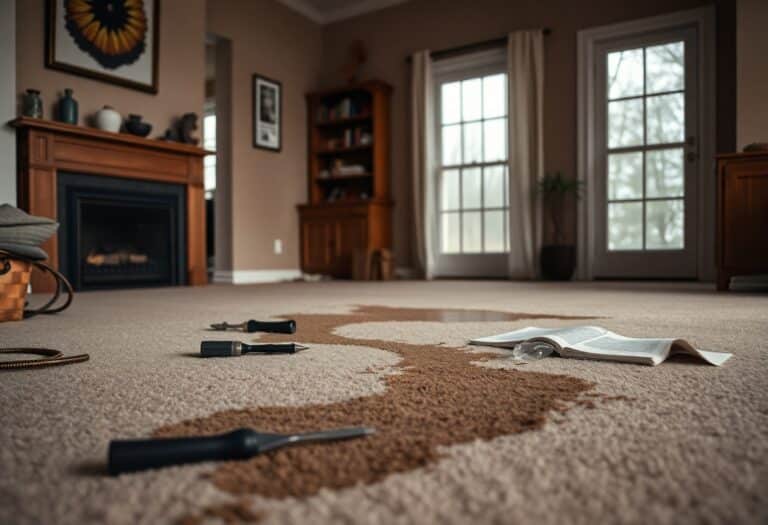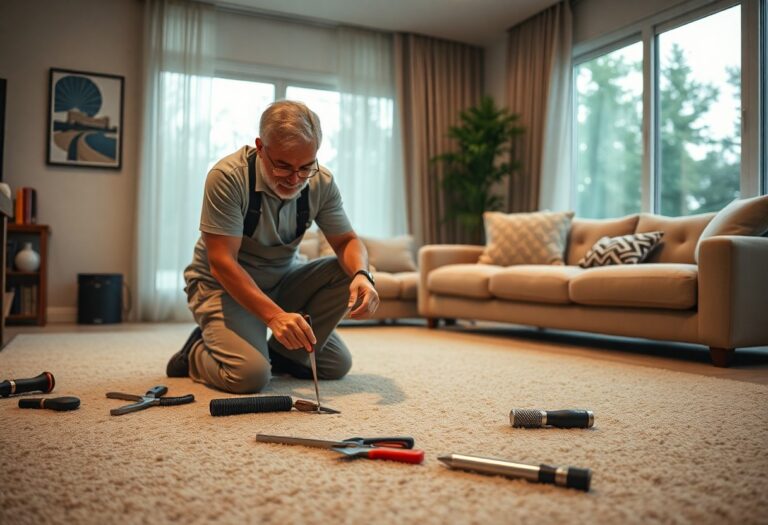Many homeowners overlook the importance of floor maintenance until it’s too late. Floors endure daily wear and tear, and maintaining them is imperative for preserving their aesthetic and functional quality. To help you prevent buckling and damage, this article will provide some effective tips tailored for your care and attention.
First, understanding the type of flooring in your home is key. Whether you have hardwood, laminate, tile, or carpet, each type has its requirements for maintenance. For instance, hardwood floors expand and contract with humidity levels. By keeping your home’s humidity level between 30% and 50%, you can minimize the risk of buckling. Investing in a hygrometer can help you monitor and maintain appropriate moisture levels.
Another significant factor is how you clean your floors. Using too much water when mopping can lead to water damage, especially with wood flooring. Instead, opt for a slightly damp mop or a cleaner designed specifically for your type of floor. For hardwood floors, consider using a pH-balanced cleaner that won’t strip the natural oils. Make sure to dry any spills immediately as moisture can seep into seams and cause warping over time.
Furniture placement is also imperative. Heavy furniture can dent or scratch your floors, potentially leading to long-term damage. Use furniture coasters or sliders to distribute weight more evenly and protect your surfaces. Additionally, rearranging your furniture occasionally can prevent specific areas of your floor from becoming overly worn or damaged.
Reducing foot traffic can also prolong the life of your flooring. You might want to establish no-shoes-indoors policies or place washable rugs at the entrances of your home. These steps will help capture dirt and debris before they travel further into your home, thus keeping your floors cleaner and reducing wear over time.
Maintaining your floors also includes regular inspections. Look out for signs of wear such as scratches, dents, or gaps. Early detection means you can address issues before they worsen. For instance, if you notice a small area of buckling on hardwood floors, consider addressing it with a professional before it leads to larger structural problems.
If you have pets, consider their impact on your floors. While furry friends are a joy, they can also be a challenge. Regular grooming and nail trimming can prevent scratches and scuffs. Choosing pet-friendly flooring options or using area rugs in high-traffic zones can also serve as an effective buffer against damage.
Lastly, be aware of seasonal changes and how they may affect your flooring. In colder months, heating systems can dry the air, leading to cracks in wooden floors. Conversely, high humidity in summer can cause expansion. Installing a dehumidifier or a humidifier can help maintain stable indoor conditions, creating a more comfortable environment for both you and your floors.
By following these tips, you can effectively maintain your floors and protect them from buckling and damage. Taking proactive measures will ensure that your floors continue to look beautiful and serve you well for years to come.


